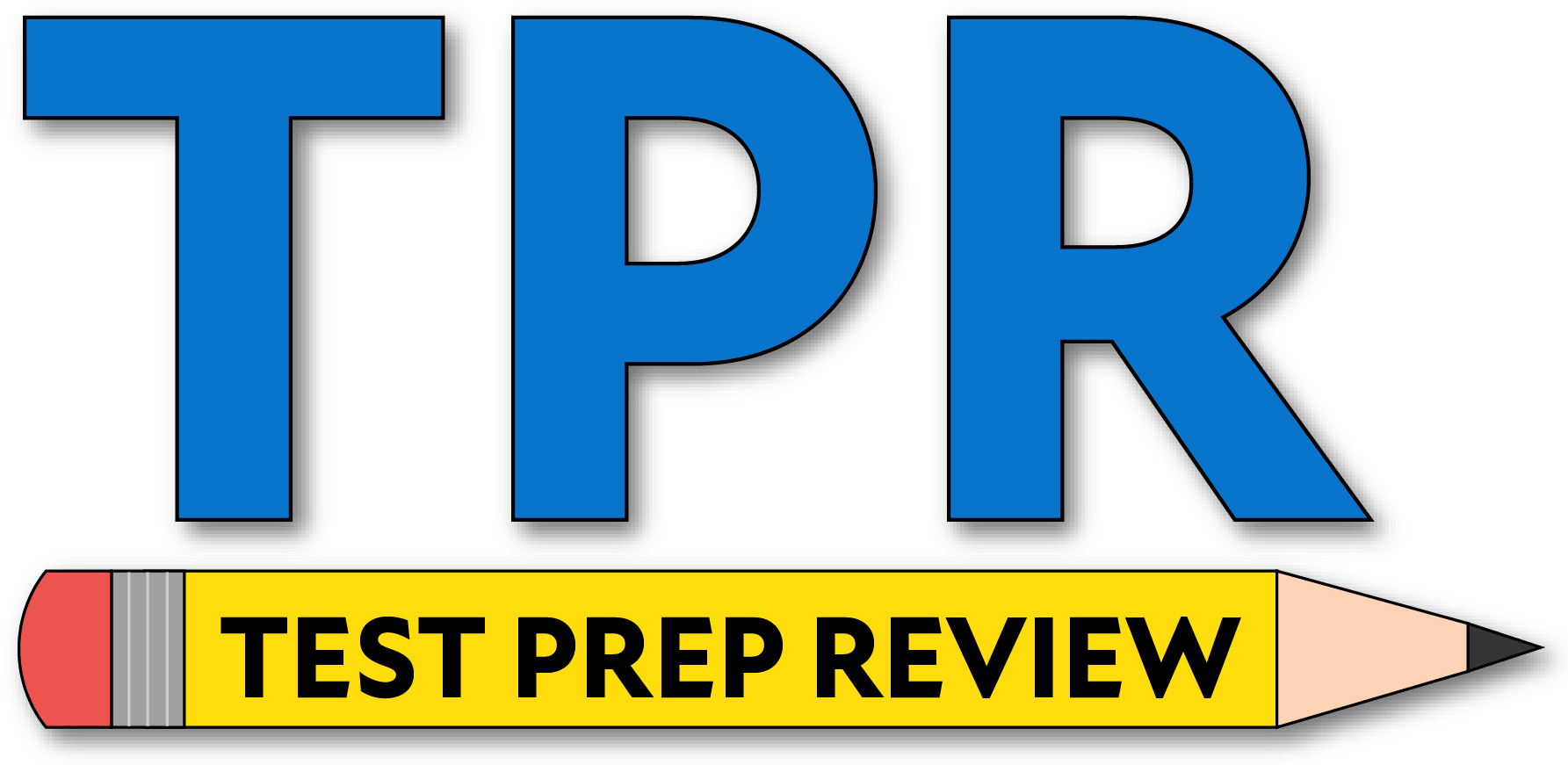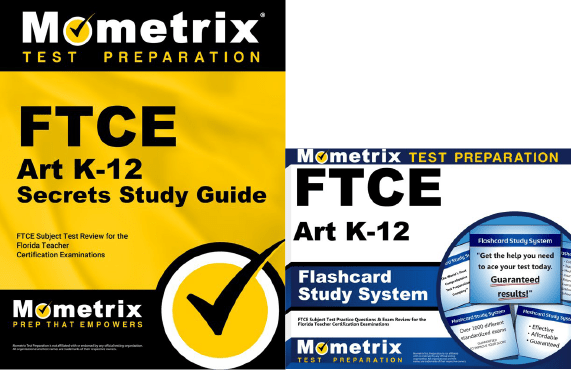If you need help studying for the FTCE Art K-12 test or just want some more information about what the test is like, you’ve come to the right place!
Click below to take a free FTCE Art K-12 practice test!
What’s on the Test?
The FTCE Art K-12 test contains 80 multiple-choice questions and is timed at 2.5 hours.
The exam is split into seven competencies:
1. Processes of Two-Dimensional Art
15% of the exam
- Materials, processes, tools, and characteristics of two-dimensional art
- The elements of art
- The principles of design
- Hazardous substances and safety procedures
- Proper use and care of equipment
2. Processes of Three-Dimensional Art
15% of the exam
- Materials, processes, tools, and characteristics of three-dimensional art
- The elements of art
- The principles of design
- Hazardous substances and safety procedures
- Proper use and care of equipment
3. Processes of Digital Arts
15% of the exam
- Materials, processes, tools, and characteristics of digital arts
- The elements of art
- The principles of design
- Hazardous substances and safety procedures
- Proper use and care of equipment
4. Art History and Culture
15% of the exam
- Identifying major artists and their works
- Analyzing art styles, movements, genres, and periods
- Social, historical, and cultural influences
- Analyzing and comparing the role of art in various world cultures
5. Art Criticism Processes
15% of the exam
- Sources of inspiration for art creation
- Principles of design pertaining to art critique
- Describing, interpreting, and evaluating art
- Applying aesthetic theories to art interpretation
6. Art Education and Pedagogy
15% of the exam
- Foundations of art education
- Theories of child development
- applying equity and diversity to the curriculum and instruction
- Effective delivery and facilitation of art instruction
- Ethical standards pertaining to plagiarism, appropriation, and copyright
- Assessment and evaluation
7. Present-Day Connections and Applications of Art
10% of the exam
- Connections between art and other disciplines
- Career opportunities in art
- Real-world applications of art
How to Register
To get started with the registration process, you’ll need to create an FTCE/FELE account on their website. You can then register for the exam via your account.
How the Exam is Scored
The FTCE Art K-12 test is scored using a scaled scoring method. Here’s how it works:
For every question you answer correctly, you get one point added to your raw score. At the end of the test, your final raw score will be converted to a scaled score.
The reason your raw score is converted to a scaled score is because everyone that takes the test is given a slightly different set of questions. Since everyone has a different arrangement of questions, and because some questions are harder than others, converting your raw score to a scaled score ensures a more even playing field.
FAQs
How many questions are on the FTCE Art K-12 exam?
The exam contains 80 questions.
What is the time limit for the FTCE Art K-12 exam?
The exam is timed at 2.5 hours.
What is the passing score for the FTCE Art K-12 exam?
You’ll need to get a final scaled score of at least 200 to pass.
How much does the FTCE Art K-12 exam cost?
The testing fee is $150.
Mometrix Test Preparation is not affiliated with or endorsed by any official testing organization. All organizational and test names are trademarks of their respective owners.



 FTCE Study Guide
FTCE Study Guide FTCE Flashcards
FTCE Flashcards